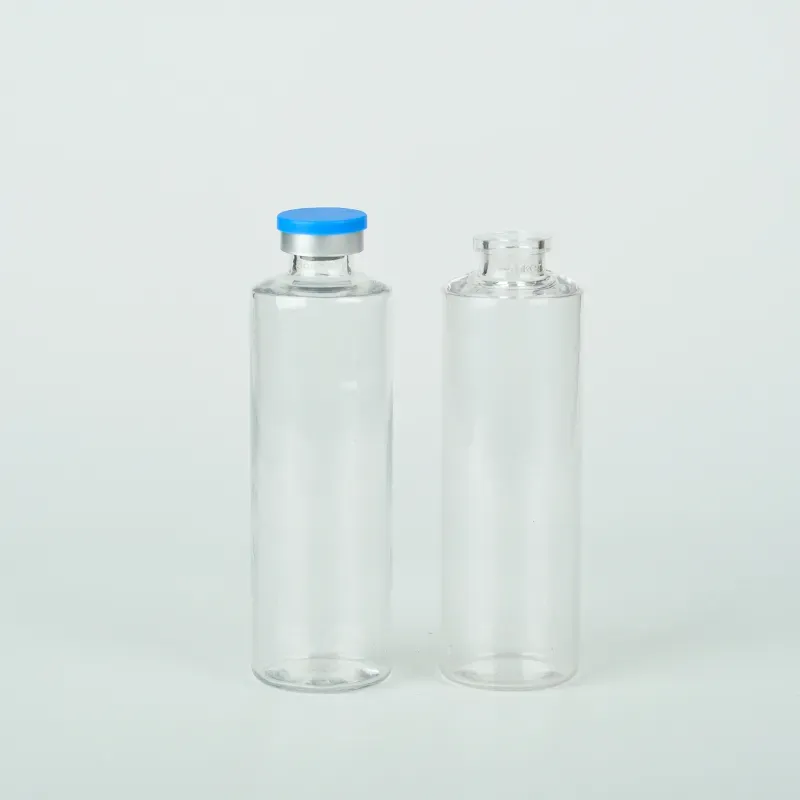Applications of Reagent Bottles in Laboratory Settings and Functions
Uses of Reagent Bottles in the Laboratory
Reagent bottles, essential tools in any laboratory, serve a multitude of purposes across various fields of scientific study, including chemistry, biology, and pharmaceuticals. These bottles are specifically designed to hold and preserve reagents and other chemical substances, ensuring that they remain uncontaminated and are easy to handle. Understanding the various uses of reagent bottles can enhance laboratory efficiency and safety.
One of the primary functions of reagent bottles is to store chemical reagents safely. Many chemicals are sensitive to light, air, or moisture, and improper storage can lead to degradation or contamination. Reagent bottles are typically made from glass or high-quality plastics designed to protect sensitive materials from environmental factors. For instance, amber glass bottles are ideal for light-sensitive reagents, as they block out harmful UV light.
Moreover, reagent bottles come in various sizes and shapes, which allows for the accommodation of different volumes of liquid. This versatility is crucial in a laboratory setting where different experiments require different quantities of reagents. From small 50 mL bottles for aliquots to larger 1-liter or 2-liter bottles for bulk storage, having a range of sizes helps scientists effectively organize their materials and optimize workflows.
Another important use of reagent bottles is in ensuring proper labeling and identification of substances. Laboratories often deal with hundreds of chemicals, and misidentification can lead to hazardous consequences. Most reagent bottles have ample space on the exterior for labeling with the name of the chemical, concentration, and expiration date, facilitating easy identification and reducing the risk of mishaps. Additionally, many labs use color-coded labels to further enhance safety and organization.
uses of reagent bottle in the laboratory

Reagent bottles also play a critical role during experiments. They are often used to prepare solutions by mixing various reagents, and their design includes features such as narrow necks and wide bases that facilitate pouring and mixing. When performing titrations or other analytical procedures, using a reagent bottle ensures that the reagent can be delivered accurately and conveniently, which is vital for obtaining reliable results.
Furthermore, the use of reagent bottles promotes safety in the laboratory. Many chemicals are hazardous, and proper containment is paramount. Reagent bottles minimize the risk of spills and exposures by providing secure closures and strong materials that can withstand internal pressure from volatile substances. By using reagent bottles designed for specific chemicals, researchers can follow safety protocols effectively and prevent accidents.
In addition to their primary storage function, reagent bottles often come equipped with features that enhance their usability. Some bottles have dropper lids, which allow for controlled dispensing of liquid, while others have graduated markings to enable precise measurements. This encourages accuracy in experiments and helps researchers maintain consistency in their results.
Finally, in today's environmentally conscious world, reagent bottles are increasingly being designed with sustainability in mind. Many manufacturers are now producing recyclable or reusable bottles that can reduce waste in laboratories. By adopting such practices, laboratories not only comply with regulations but also contribute to the global effort of reducing environmental impact.
In conclusion, reagent bottles are indispensable items in laboratory environments, serving multifaceted purposes that range from safe storage to facilitating precise experiments. Their design caters to various needs, enhancing both safety and efficiency in scientific research. As laboratories advance in technology and sustainability, the evolution of reagent bottle design will likely continue, ensuring they remain relevant and crucial to scientific progress. Understanding and utilizing reagent bottles effectively can significantly contribute to successful laboratory practices and outcomes.
-
Aesthetic Makeup Spray Bottles | Fine Mist Empty RefillableNewsAug.19,2025
-
White Plastic Veterinary Vaccine Vials | Lab Liquid BottlesNewsAug.18,2025
-
Plastic Medicine Liquid Bottle: Secure Flip Top Drug VialsNewsAug.17,2025
-
Durable 250ml Blue Plastic Vaccine Vial for Lab & Vet UseNewsAug.16,2025
-
Sterile Virus Sample Tubes: Secure & Reliable Specimen CollectionNewsAug.15,2025
-
White 250ml Plastic Vaccine Vial for Lab & Vet MedicineNewsAug.14,2025
























